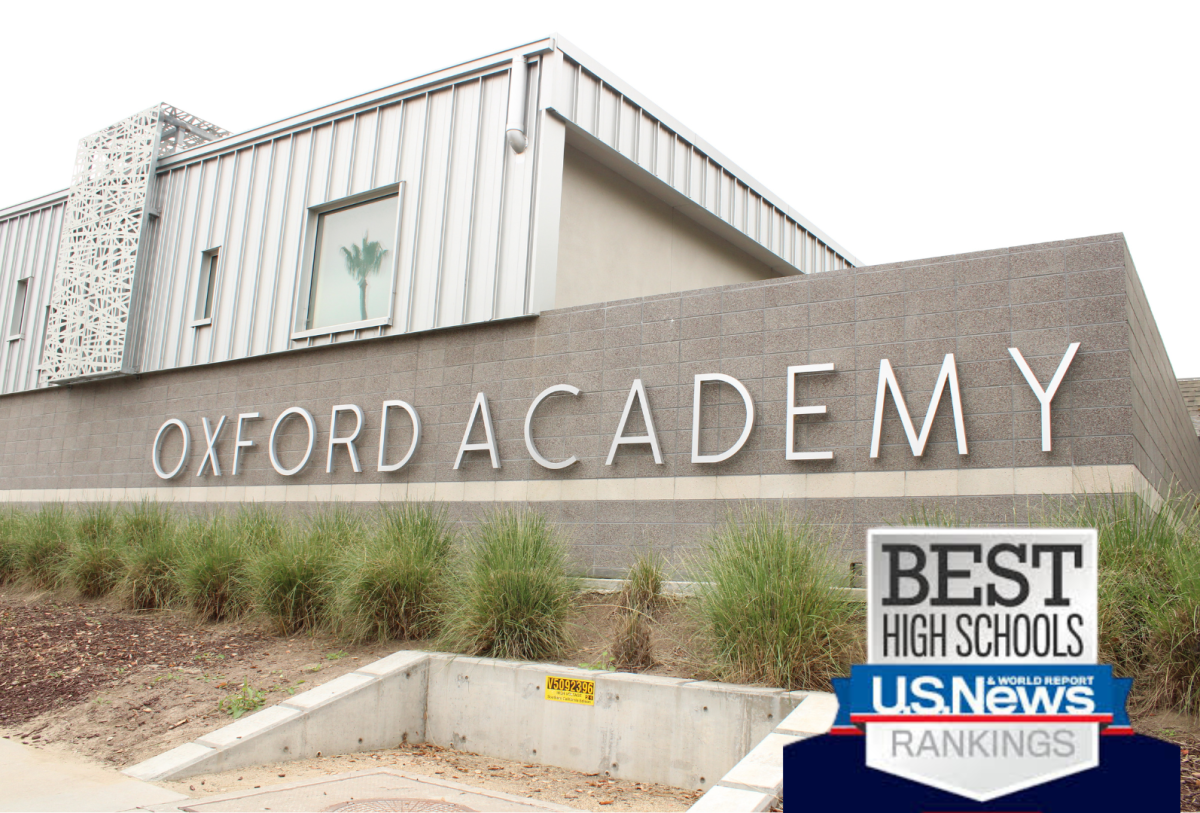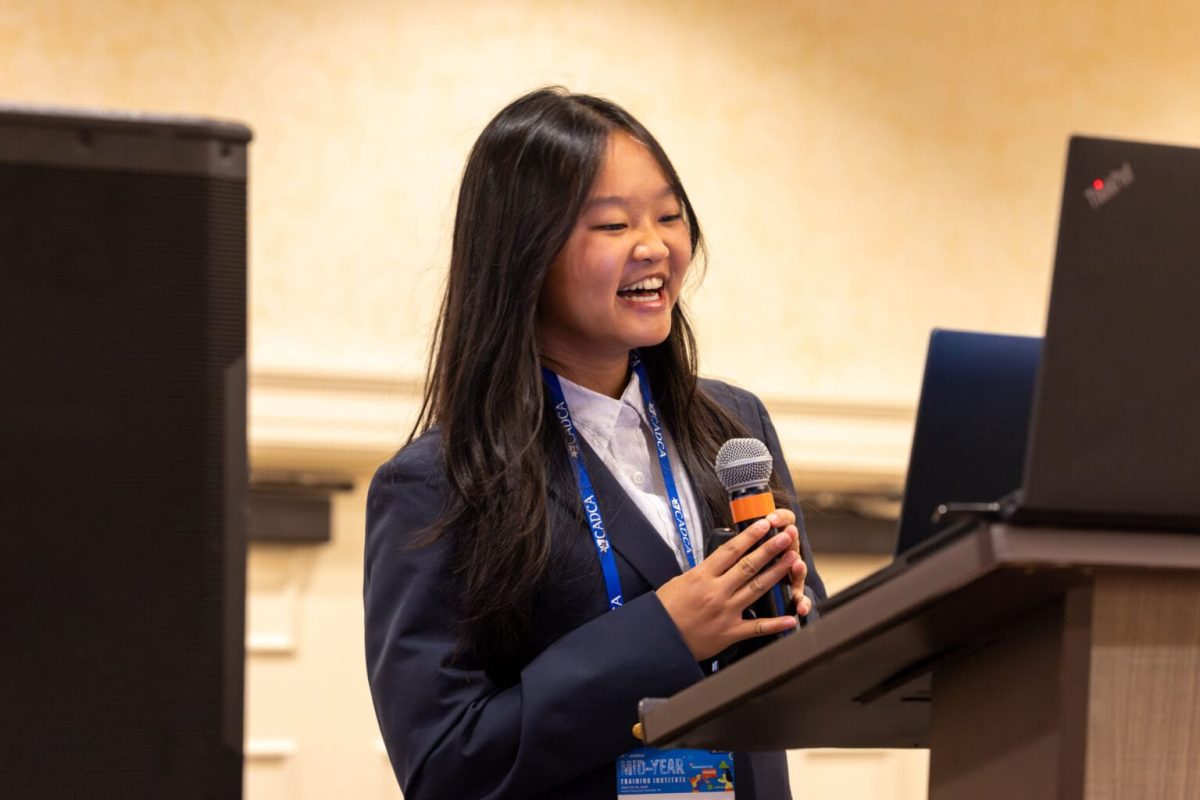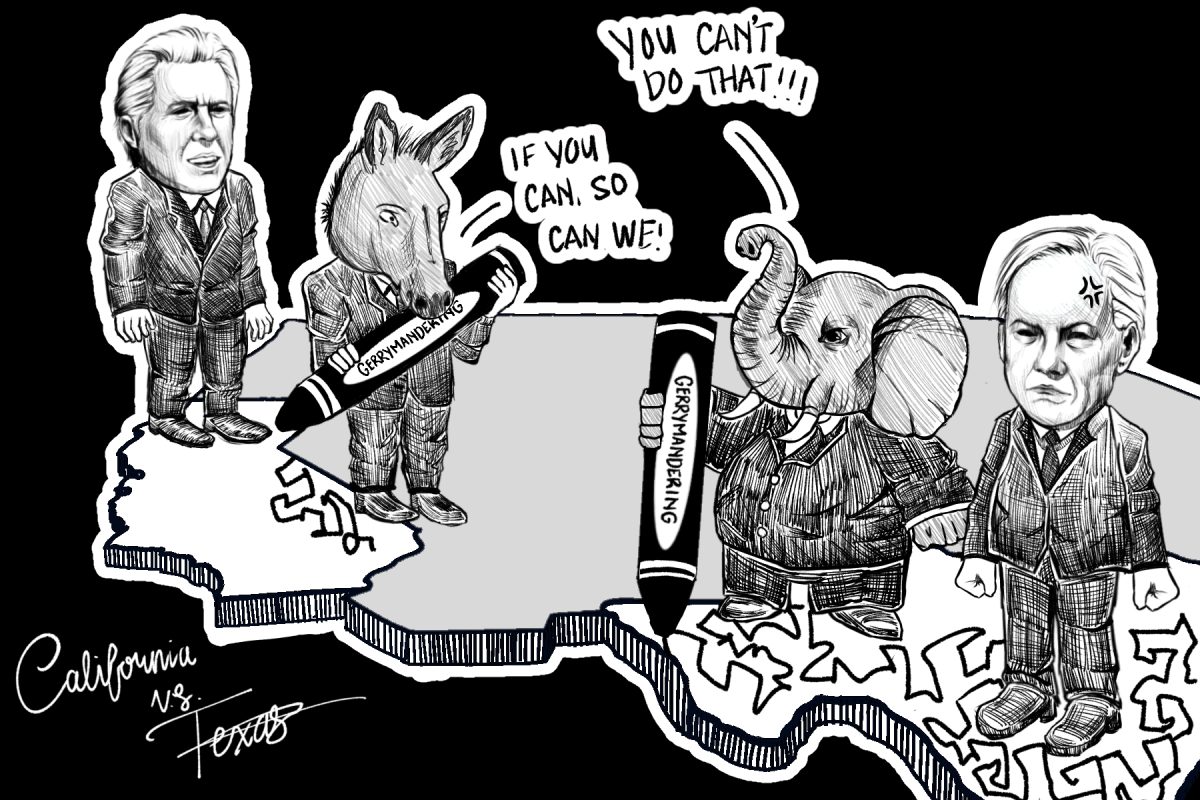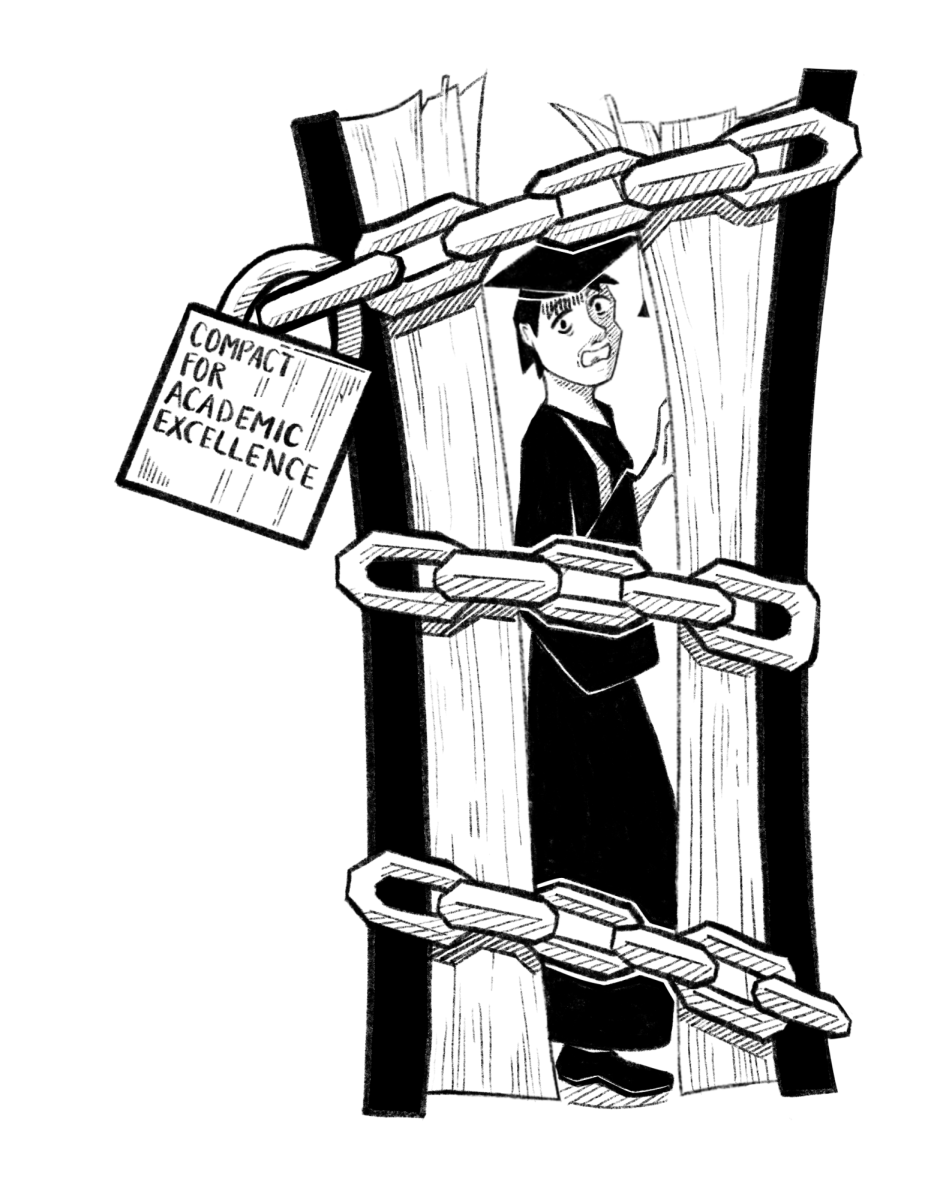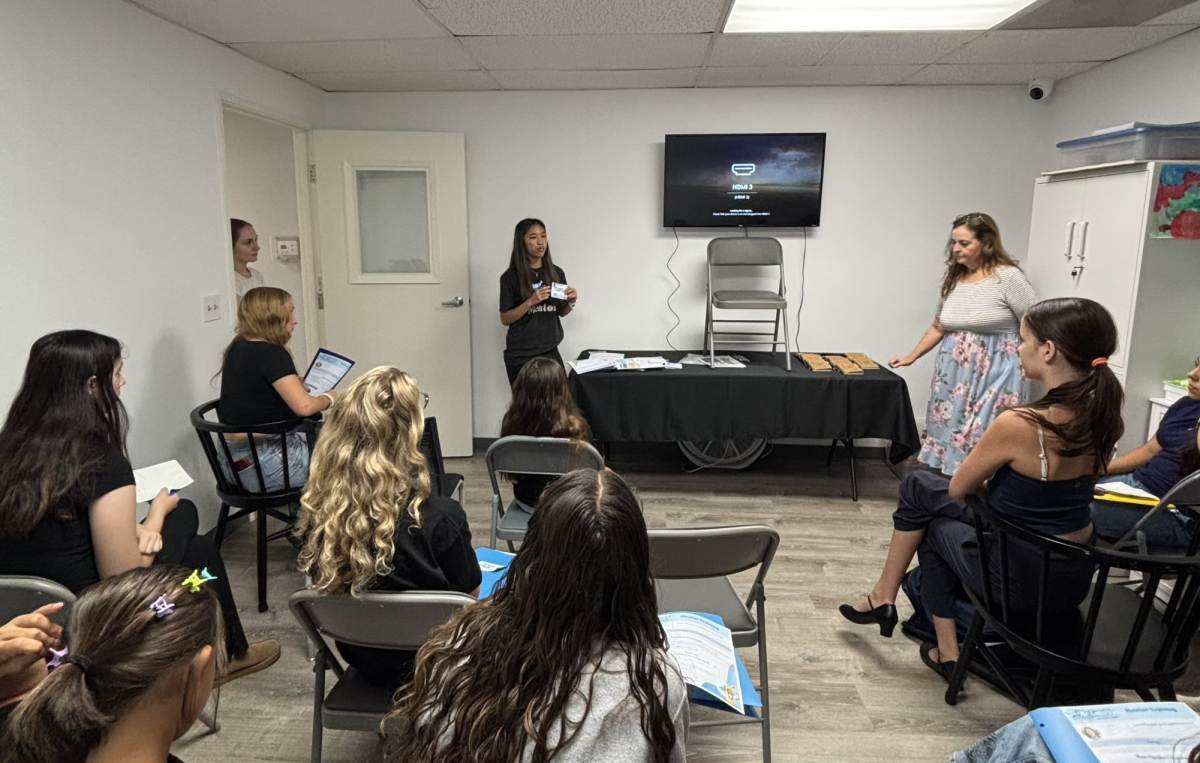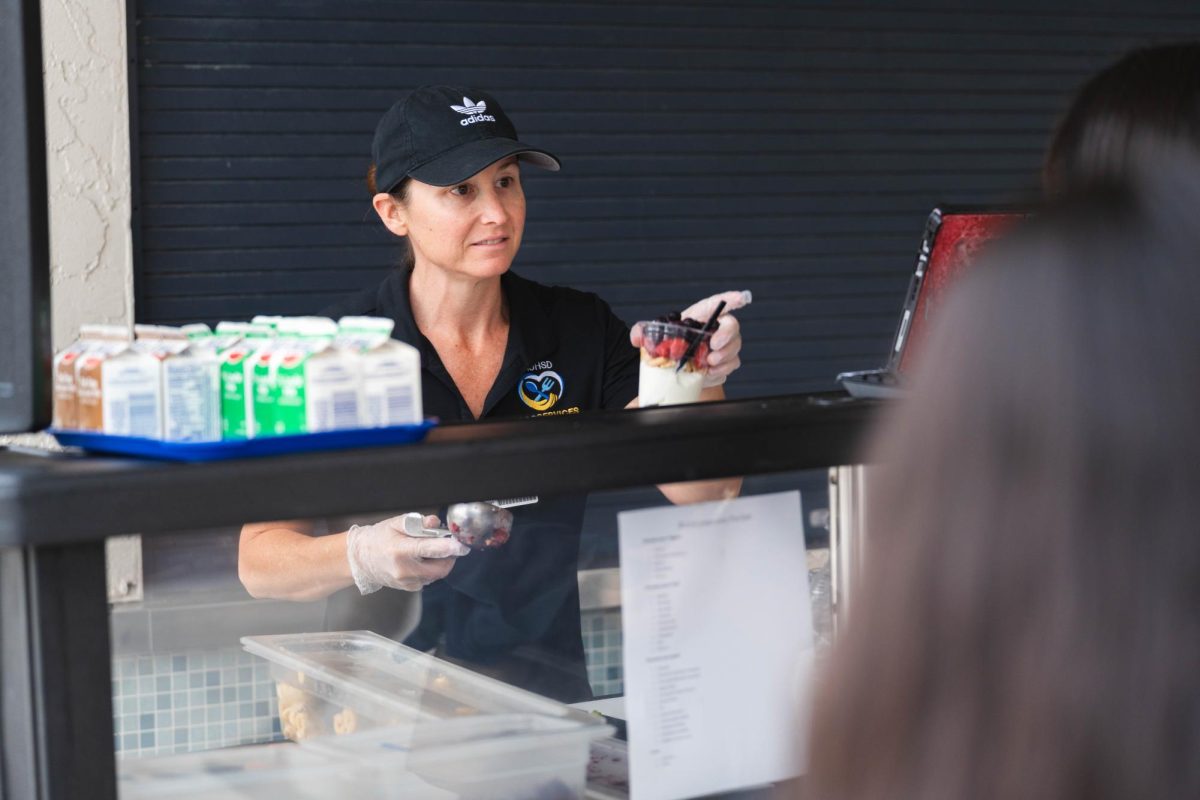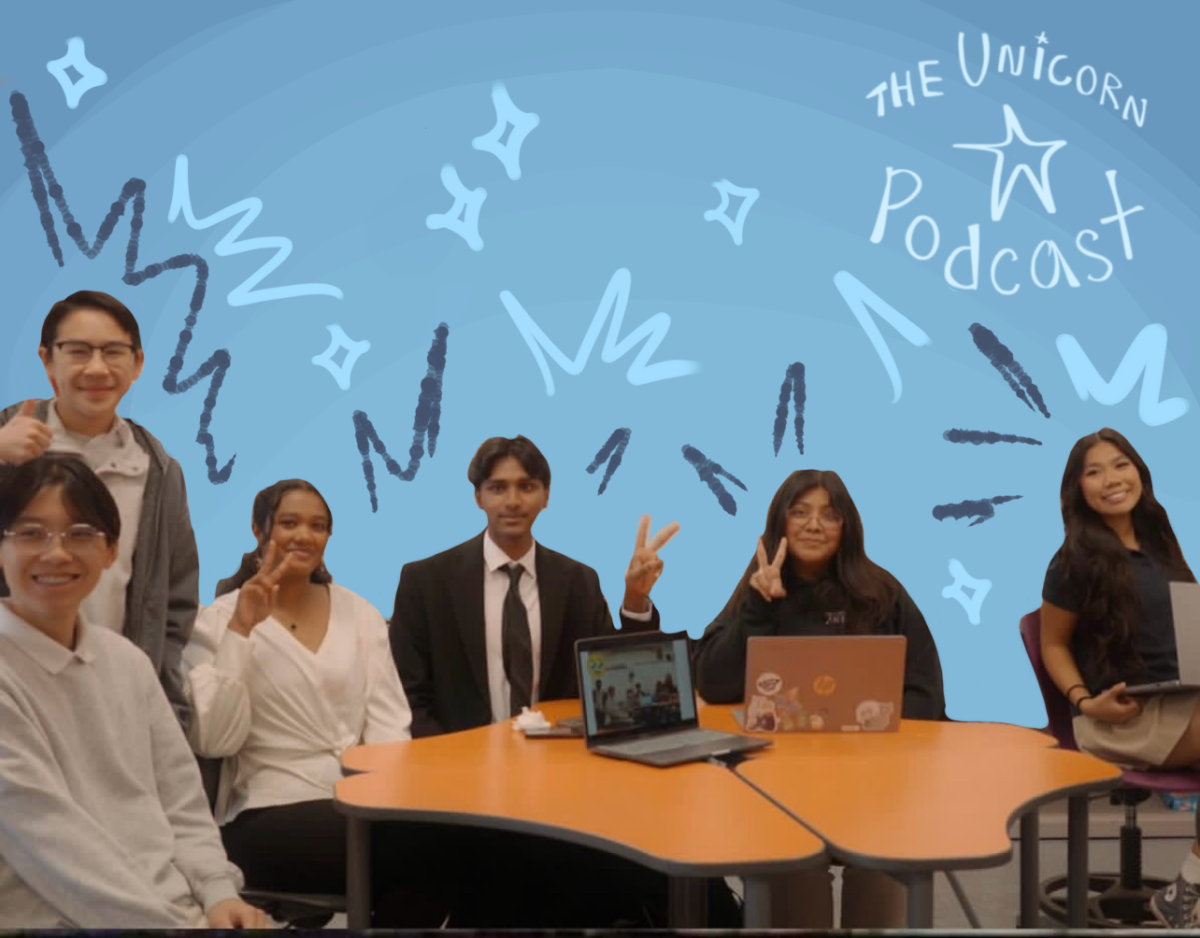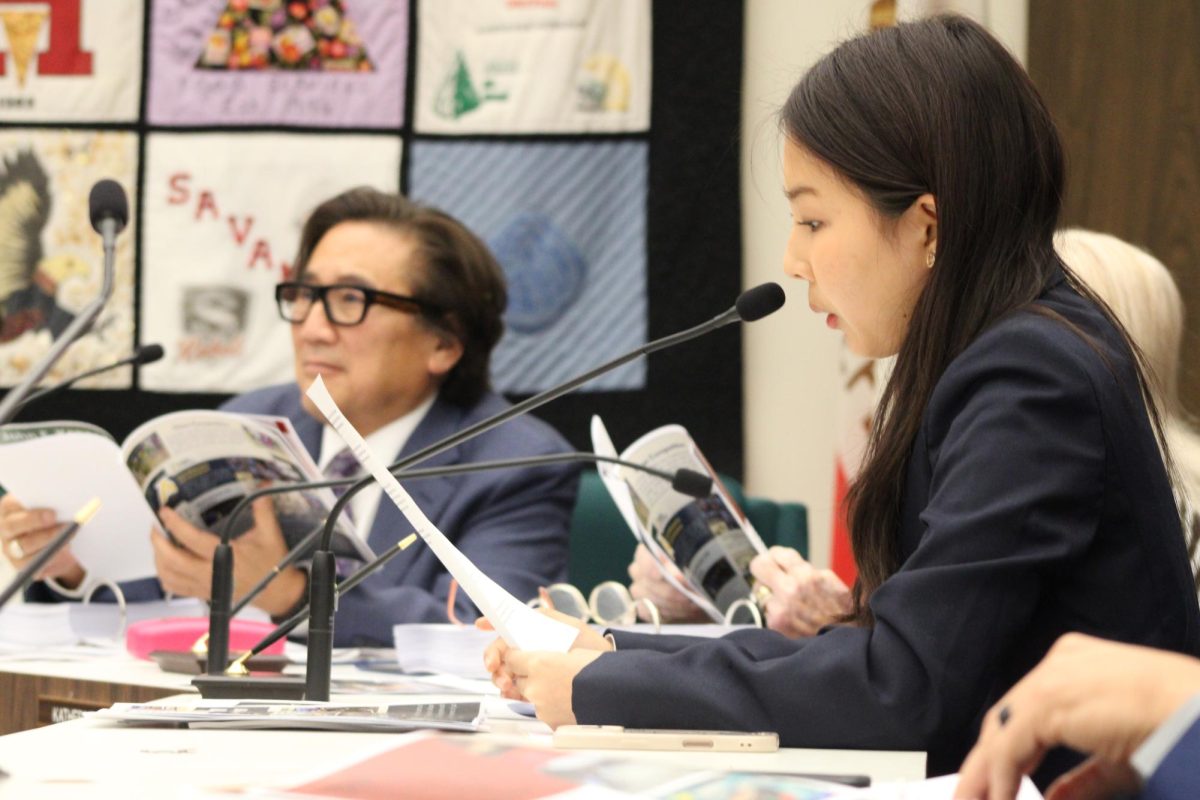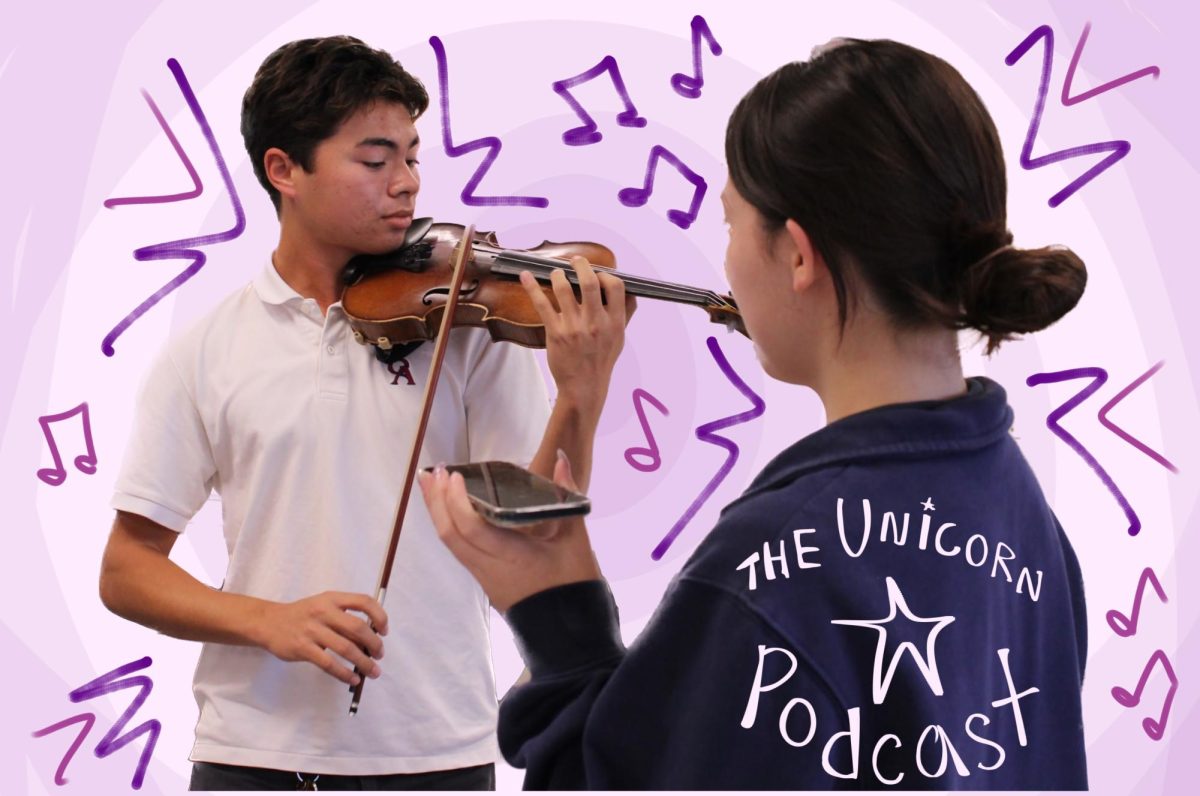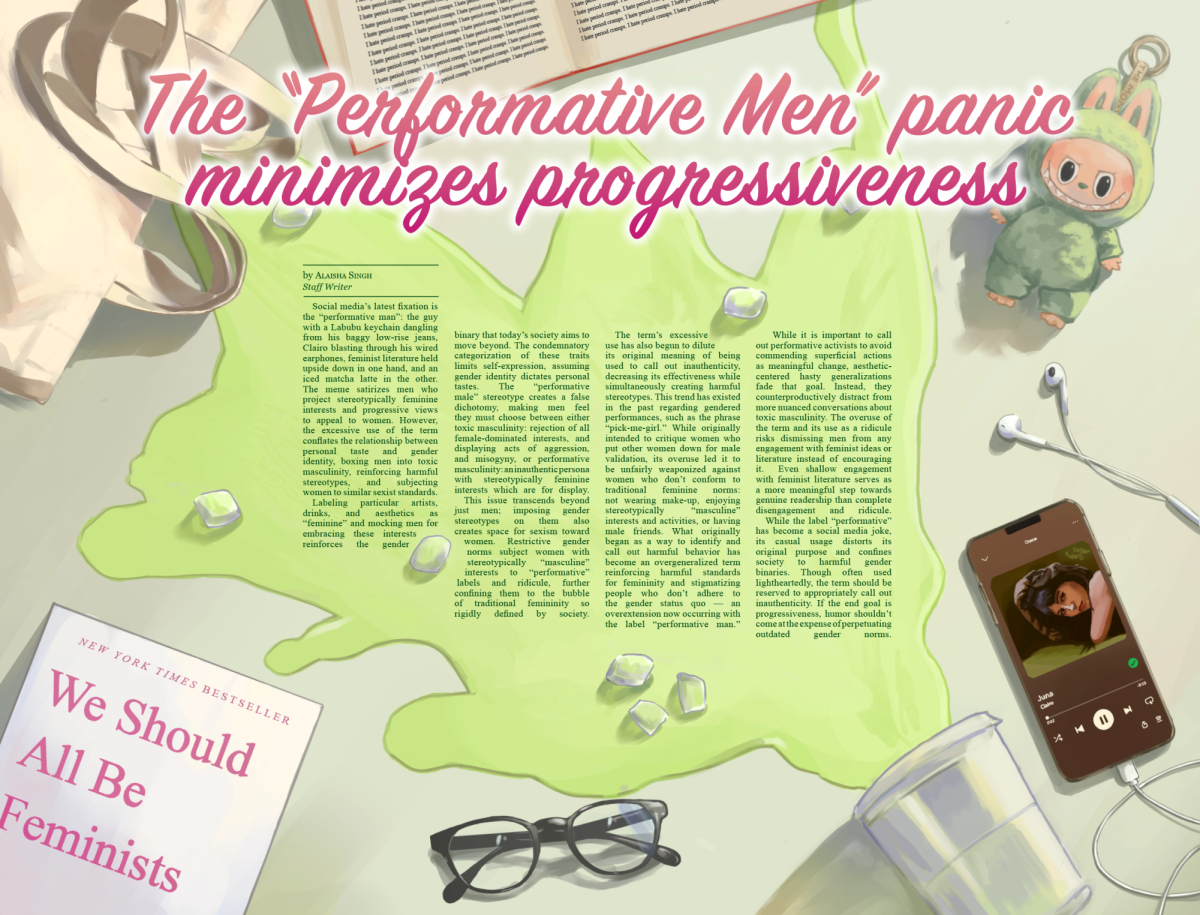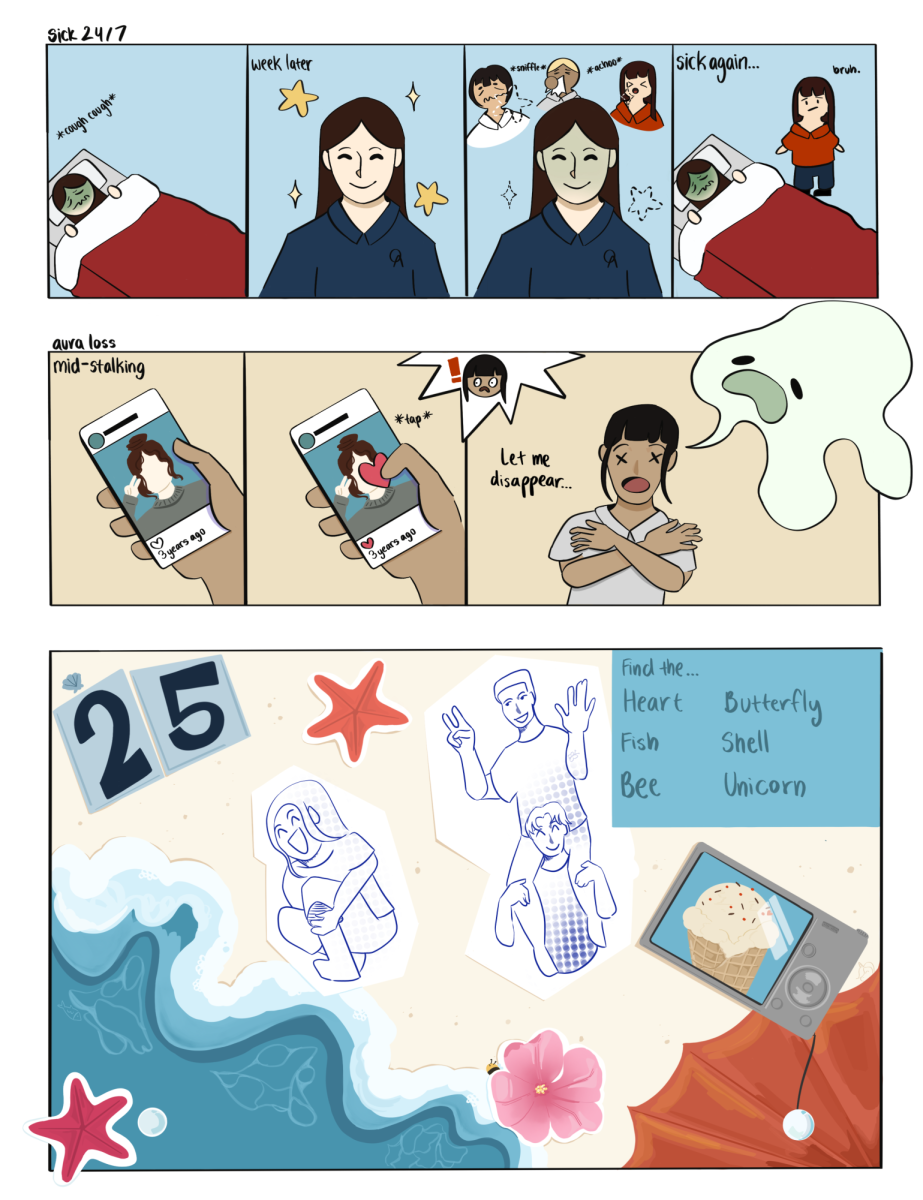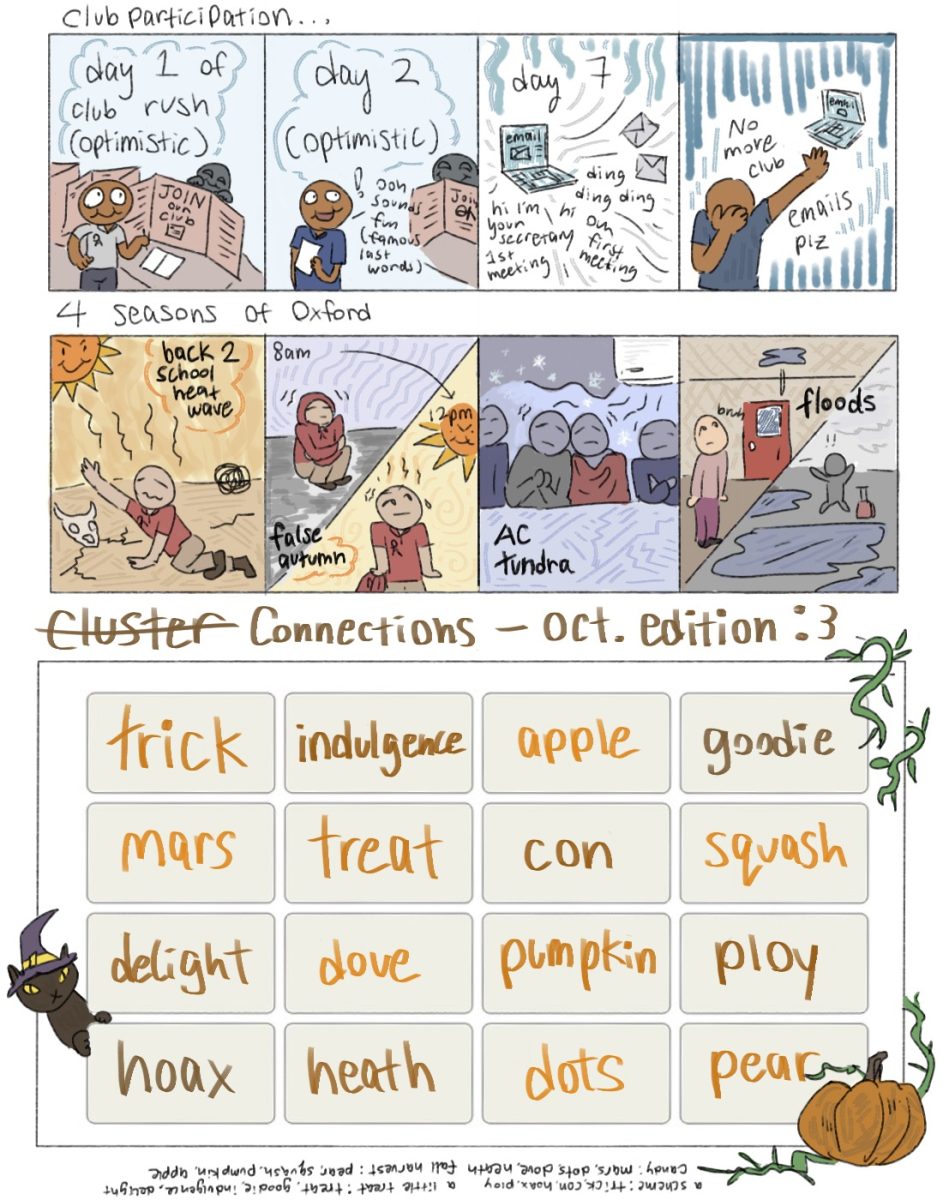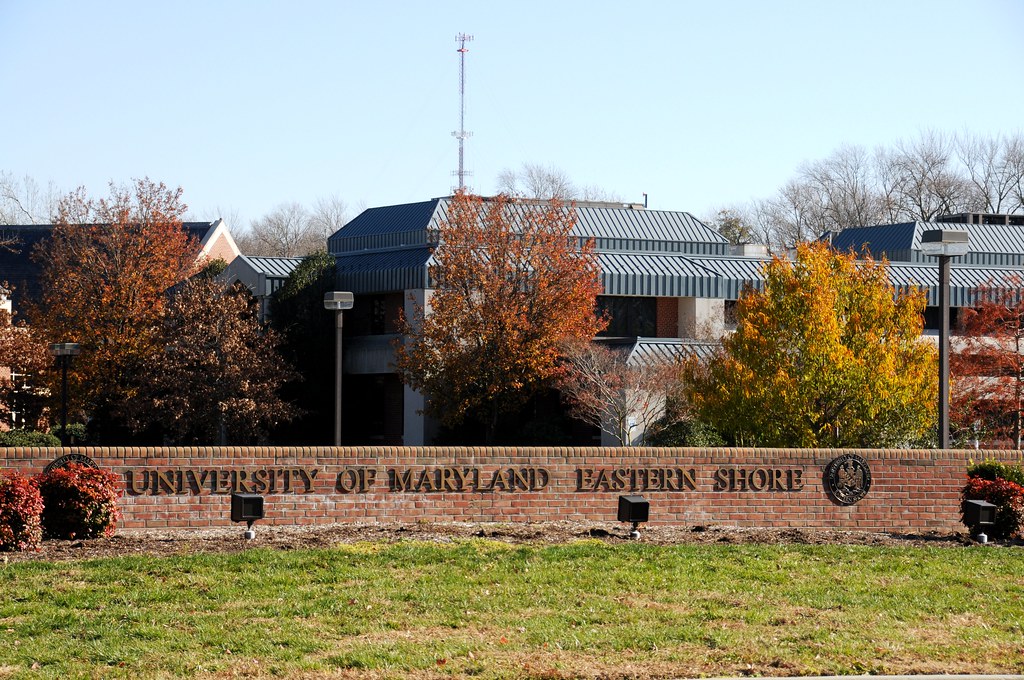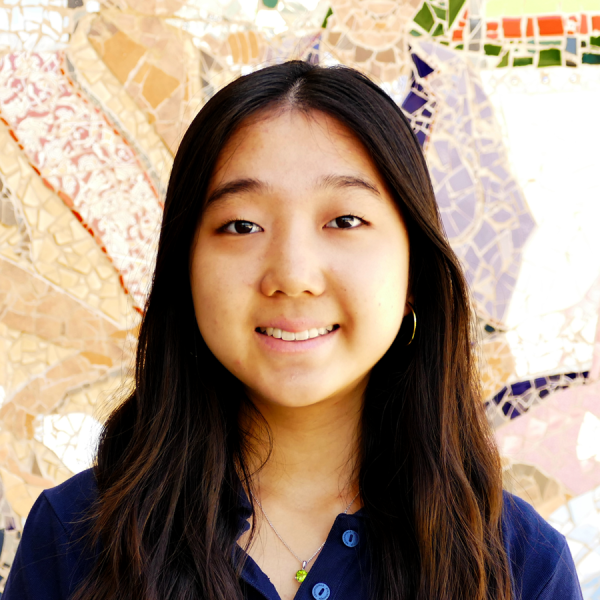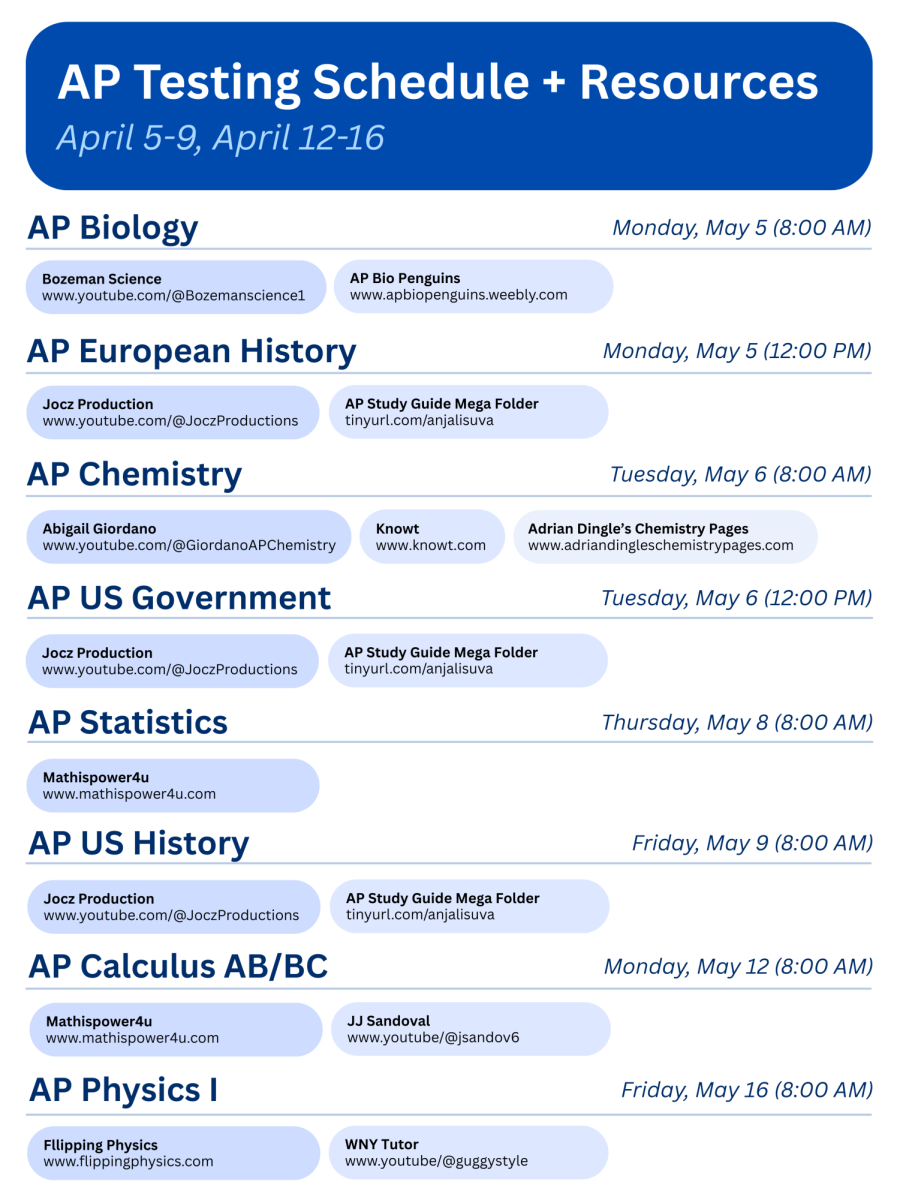In November 2023, Common Application, the undergraduate admission application for more than 1,000 colleges, sent direct admissions offers from 70 U.S. colleges to nearly 200,000 high school seniors.
The direct admissions program, initially assessed in 2021, is a way for first-generation and low-income students to easily connect with in-state colleges. Students who fulfill the minimum GPA and residency requirement for participating colleges, as determined by their Common App responses, receive non-binding email offers detailing school’s the enrollment process. With just their Common App account information filled out and a complete application fee waiver, the student is guaranteed admission to that college.
“I think it’s great that colleges are extending themselves to students who are normally exposed to a small pool of universities and educational opportunities,” said senior Dawn Tran, a first generation student.
The previous iteration of this program in the 2022-2023 school year gave admission offers to nearly 30,000 students from 14 U.S. colleges. The expansion of the program this season has guaranteed admission for roughly one in eight seniors using the Common App platform. Newly participating colleges, including Mount Saint Mary’s University and Woodbury University in California, have joined this initiative to increase campus diversity and student enrollment.
“The program gives opportunities for further education to underrepresented students that may not have had the opportunity to go otherwise,” senior Jacob Huh said.
According to the president of Common App Jenny Rickard, the program’s priority is to inculcate confidence in student applicants. Since the National Student Clearinghouse Research Center found a decrease in undergraduate students pursuing a four-year degree in 2023, more state colleges have hoped to reverse the trend by welcoming disadvantaged applicants.
“Each application matters. We are an open-access institution because we so firmly believe in recruiting first-generation students,” University of Maryland Eastern Shore president Heidi Anderson said.
Aside from catering towards communities that have historically faced barriers to higher education, colleges are also expected to receive a benefit from offering direct admissions. The program anticipates an increase in enrollment percentages at colleges with previously low yield rates, specifically gearing towards underrepresented students. While the program’s past yield rates remain uncertain, a large-scale study by university professors Taylor Odle and Jennifer Delaney have found a 12 percent increase in the likelihood of students applying to a college.
“[It] is one of our efforts to know that college opportunity is an abundant resource available to them,” Common Application states on its web page on direct admission.
As the next generation of Americans look toward their opportunities past high school, the future of college admissions is working to encompass as many prospective students as possible, irregardless of limiting factors that have historically acted as a barrier to higher education.

